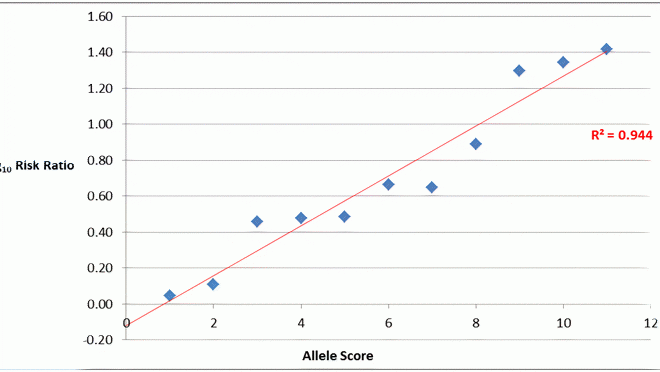Doctor by Doctor: Dr Helen Pulasky in Star Trek: The Next Generation
Victor Grech
Star Trek (ST) has been with us since 1966, and medical doctors have been principal protagonists since the outset. This paper will review Dr Helen Pulaski, an old-fashioned doctor who serves as Chief Medical Officer aboard the Starship Enterprise in the 24th century (in the second season of Star Trek: The Next Generation).1 The role was reprised by Diane Muldaur between November 1988 and July 1989.
Interestingly, Muldaur confessed to have “a real interest in medicine as well. […] I always have. I remember as a kid I would pick up Time magazine and read the medical news first. It’s always fascinated me – how they can give their time, which is total. […] they weren’t making a fortune either. But even today, I don’t know how they do what they do”.2
Dr. Pulaski was a grumpy and curmudgeonly character, as admitted by Muldaur herself, “I’m kind of a pain in the neck”.3 Pulaski replaced another female chief medical officer. This was because the producers wanted a doctor “more in the mould of DeForest Kelley’s crusty “Bones” McCoy, [and] devised Dr. Kate Pulaski as a replacement for Dr. Beverly Crusher”.2
Like McCoy, Pulaski distrusted technology, to the extent that she “never used our transporter […] She’s a woman of very strongly held opinions”,4 and this despite the fact that the instantaneous matter transportation device is ubiquitous in the 24th century.3 She explains that “every time I get into the damn thing, I’m convinced [the transporter will] spread my atoms across the galaxy”.1
Her old fashioned ways are further evidenced when she prescribes “generous doses of PCS […] Pulaski’s chicken soup” as part of a treatment regimen. However, she embraces the futuristic medical technology witnessed in ST. For example, the ship’s Chief Engineer is blind from birth and she offers two options: “it’s possible to install optical devices which look like normal eyes, and would still give you about the same visual range as the visor. […] There is another option. I can attempt to regenerate your optic nerve, and, with the help of the replicator, fashion normal eyes. You would see like everyone else. […] I’ve done it twice, in situations”. However, she is realistic, continuing “there are risks. I can offer choices, not guarantees”.1
This is not to say that she is above using old methods, such as a splint, when the “bone knitter” fails to work, since “it’s a time honored way to practice medicine: with your head, and your heart, and your hands”.1
The crew had high opinions of Pulaski and her abilities: “I’ve never met a more dedicated physician. I would say she has a passion for her work […] consuming dedication”.1 Her skills are legion, as is typical of ST doctors, and include heart surgery and selective memory alteration.1
She also acts as the unofficial ship’s ethics officer, staunchly standing up for an unknown planetary population on the brink of extinction “I have a problem with that kind of rigidity. It seems callous and even a little cowardly. […] My emotions are involved. […] friend is going to die. That means something”. The captain retorts: “Sophistry”, and she replies “I’ll buy that excuse. We’re all jigging madly on the head of a pin anyway”.
Muldaur herself favours ST and aptly summarises: “I think the show depicts faith in the future and hope for mankind. […] we all spend all of our days and all of our lives watching horrible things happen, things we’re very frustrated about – like drugs – and it all becomes very consuming. Then you see Star Trek and see that indeed we made it and we made it in a positive way and we’re out there doing some good. I think that’s why Star Trek will continue for years to come”.2
These and similar topics will be discussed during the Star Trek Symposium (www.startreksymposium.com) on the 10-11 July 2014 at the Dolmen Hotel.
References
1.Livingston D. Star Trek: The Next Generation – Season 2 [DVD-ROM]. Hollywod: Paramount; 2002.
2.Schrager A. The Finest Crew in the Fleet: The Next Generation’s Cast On Screen and Off. New York: Wolf Valley Books; 1997.
3.Martin S. Continuing Mission. Los Angeles Times. 1988 November 26: Faces.
4.Grech V. The Trick of Hard SF is to Minimize Cheating Not Just Disguise It With Fancy Footwork: The Transporter in Star Trek: Can It Work? Foundation 2011;111:52-67.


